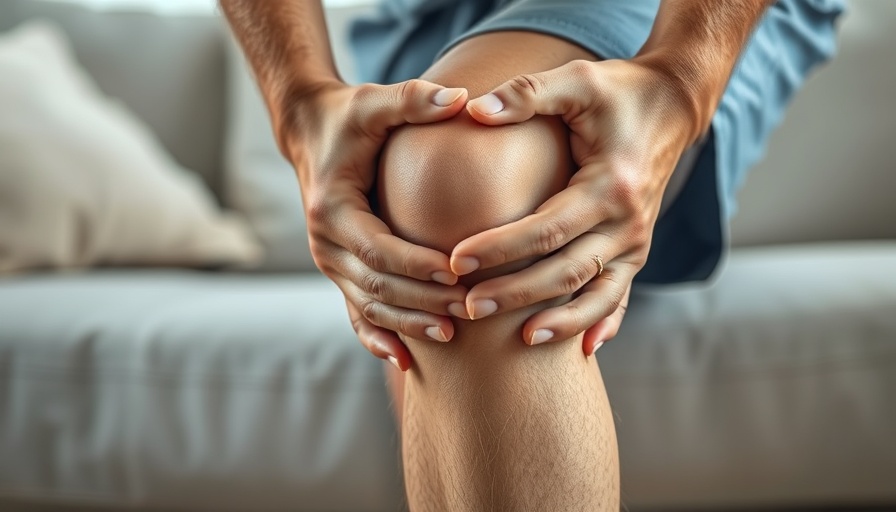
Understanding Leg Injuries and Recovery
Leg injuries can disrupt daily life, often stemming from sports, accidents, or chronic conditions. The repercussions are significant, leading to pain, decreased mobility, and emotional distress. Traditional treatments like physical therapy or medications may help, but they frequently come with side effects, leaving many seeking alternative solutions that promote healing without the drawbacks.
Breaking Down Medical Marijuana's Benefits
In recent times, medical marijuana has emerged as a viable option for treating pain and inflammation associated with leg injuries. Research suggests that cannabis can effectively ease symptoms and promote recovery through the endocannabinoid system—a network in our body responsible for regulating various functions, including pain and mood.
Within cannabis, two main compounds stand out: THC (tetrahydrocannabinol) and CBD (cannabidiol). THC, known for both pain relief and its psychoactive effects, interacts with the body’s receptors, potentially dampening pain signals and promoting greater comfort for patients enduring leg injuries.
The Role of THC in Recovery
When experiencing a leg injury, inflammation becomes a natural response aimed at healing. However, chronic inflammation can hinder recovery and affect quality of life. THC is noted for its ability to reduce this inflammation, allowing for more effective healing. Patients utilizing medical marijuana may find they can manage intense symptoms, such as swelling and muscle tightness, more effectively than with traditional medications.
Furthermore, THC can assist in addressing sleep disturbances that often accompany pain. Quality sleep is crucial for recovery, as it is during rest that the body repairs itself. The sedative properties of THC can help injured individuals achieve deeper, more restorative sleep, becoming pivotal to their healing journey.
Emotional Wellness and Mental Health
Injuries can carry psychological impacts. Patients often feel frustration, anxiety, or even depression while coping with prolonged immobility or pain. Medical marijuana, particularly in the form of THC gummies, offers not just physical relief but also emotional support. THC can elevate mood and reduce stress, helping patients maintain a positive disposition throughout their rehabilitation.
For many, the convenience of gummies provides a user-friendly method for managing dosage and consumption, making it easier to stay consistent with treatment.
The Appeal of THC Gummies
Why are THC gummies increasingly popular among patients recovering from leg injuries? They provide a precise dosage, making it easier for individuals—especially those new to cannabis—to regulate their intake. This method grants greater control over the therapeutic experience, allowing patients to tailor their treatment based on their response.
Additionally, the delightful taste and discretion of gummies make them an appealing option; they can be taken anywhere, providing relief on-the-go without the stigma that sometimes accompanies more traditional methods of consumption.
Overall Recovery and Lifestyle Integration
Integrating medical marijuana into recovery strategies invites a holistic approach to healing. Alongside other wellness practices—such as physical therapy, healthy eating, and regular exercise—medical marijuana can enhance overall recovery processes. Embracing a balanced diet rich in nutrient-dense foods or engaging in restorative practices like yoga can support both physical and mental well-being, fostering a more comprehensive healing journey.
Moreover, patients are encouraged to stay informed about their options and consult healthcare professionals for personalized guidance. This proactive approach can empower patients to navigate their recovery with confidence, ultimately leading to better outcomes.
In conclusion, individuals dealing with leg injuries are encouraged to explore medical marijuana as part of their recovery strategy. By understanding its benefits and integrating it with supportive health practices, they can enhance their healing journey and reclaim their mobility.
 Add Row
Add Row  Add
Add 




Write A Comment